How to insert and use the LiNX Access Key
This article shows you how to insert the LiNX Access Key (LAK) into a remote module and understand its operation.
The LiNX Access Key (LAK) provides the Bluetooth connection for a programming tool to communicate with a LiNX system.
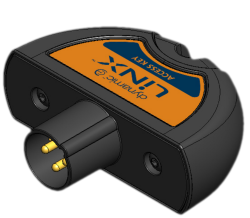
The LAK plugs directly into the remote module's XLR port (as shown below). Note that the LAK connector is keyed, which will ensure the proper orientation when inserting it into the remote module. The location of the XLR port on a remote module differs across the remote modules in the LiNX family.
REM LE
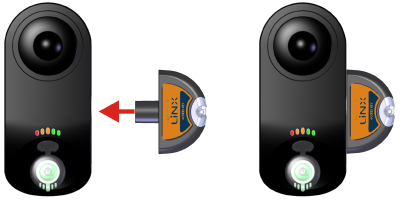
REM100/200
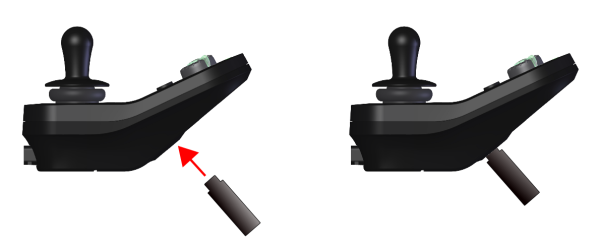
REM400
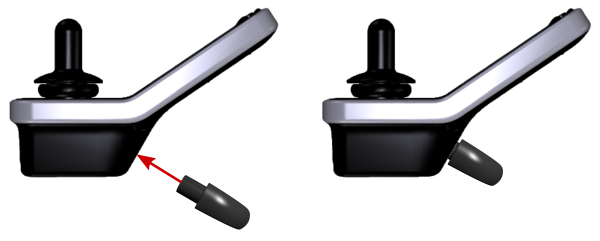
The LiNX Access Key has a blue status indicator to show you when it is:
-
powered up, but not connected (indicator flashes slowly),
-
connecting (indicator flashes quickly), or
-
connected (indicator permanently on).
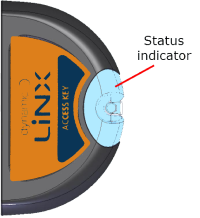
If the blue status indicator turns completely off while you are trying to connect, or while you are connected, remove the LiNX Access Key from the remote module, wait for 5 seconds, and then reinsert it into the remote module before trying to connect again.
-
The LiNX Access Key is recommended for indoor use only, or outdoors in dry conditions.
-
The LiNX Access Key must not be plugged in when in radio frequency (RF) sensitive environments.
-
Always inspect the LiNX Access Key for damage before using it.
-
Ensure that the LiNX Access Key is fully inserted into the XLR socket before use.
-
Confirm that the connection is made to the wheelchair that is to be programmed by checking the LED on the LiNX Access Key.
-
Take care while driving around during tuning of the wheelchair not to damage the LiNX Access Key by hitting a solid object. Always keep a clear distance from any objects that could damage the LiNX Access Key.
-
The surface of the LiNX Access Key can get hot if left in direct sunlight for long periods.
-
Do not leave the LiNX Access Key connected to the system when the wheelchair is powered down or when the wheelchair is to be stored for a long time, as the Access Key will continue to draw power from the batteries when the system is off. If left in place, the expected storage life of the system will not be met and the batteries may be damaged.